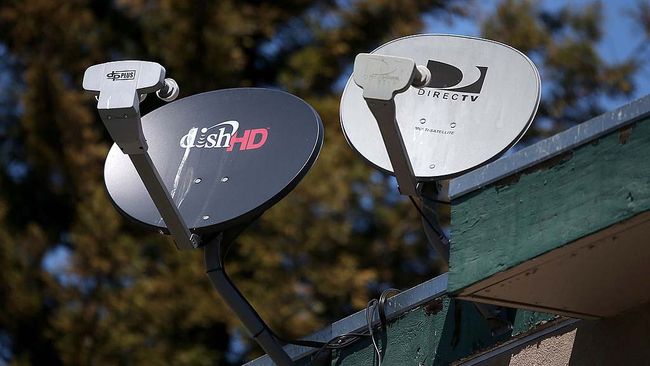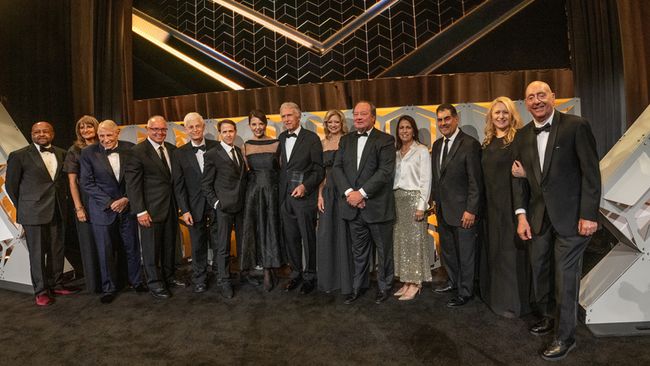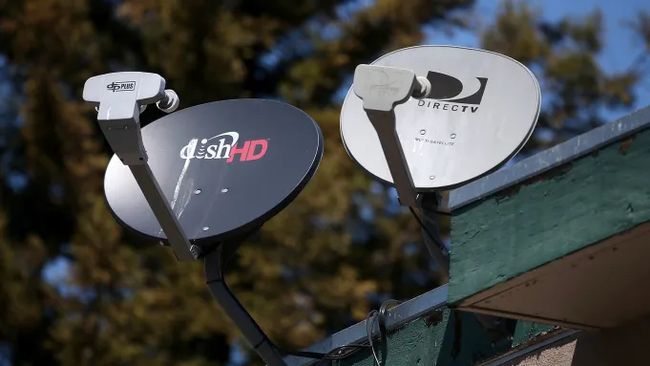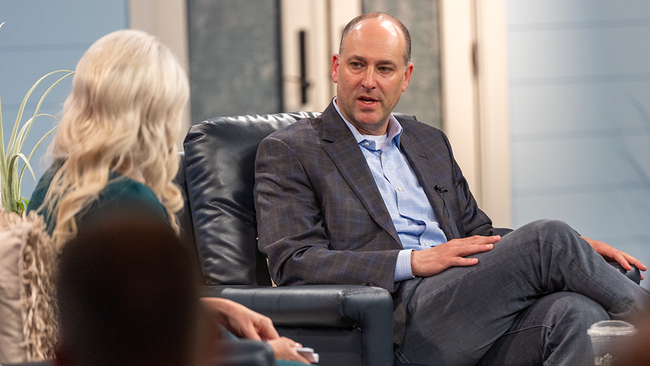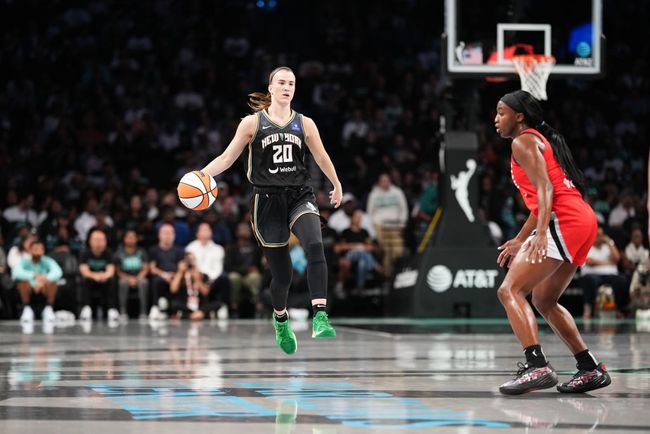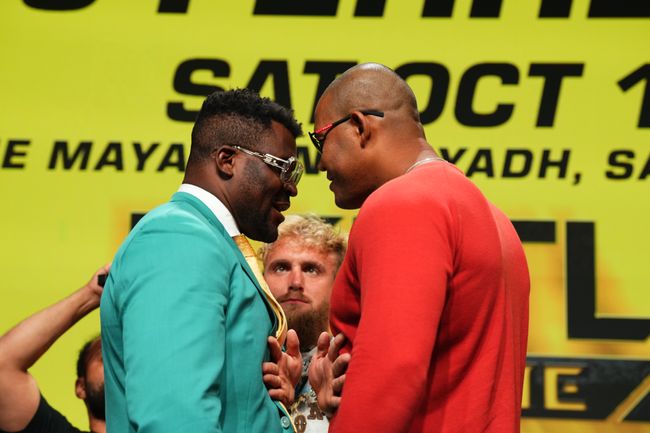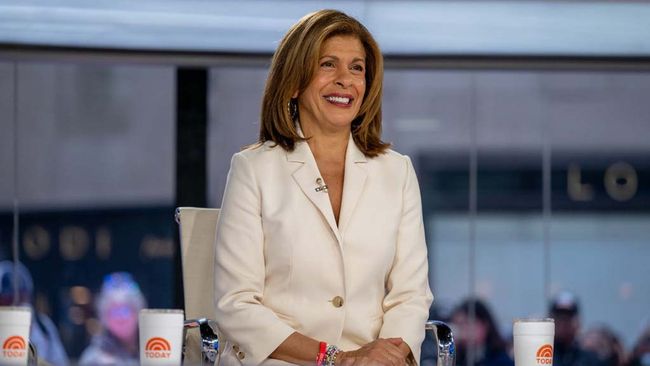Advanced Advertising Preview: GroupM’s Matt Sweeney on Being Digital and Responsible
Influential media buyer works directly with media to ensure ethical use of data
In the Wild West atmosphere of the new digital video frontier, GroupM’s Matt Sweeney is a new sheriff in town.

While digital is essential for reaching viewers as traditional ratings shrink, GroupM has launched initiatives to help their clients find brand safe environments, use data ethically and prepare for a future where reaching multicultural audiences will become increasingly important.
Sweeney will be the keynote speaker at the Advanced Advertising Summit on April 27. Here is a preview of what he’ll be talking about.
Traditional TV ratings are down. Can digital alternatives make up for the eyeball marketers aren’t getting from mass reach media like broadcast and cable television?
The simple answer to that is yes, absolutely. Look, you've seen the ratings and you know where consumer attention is. It's an on-demand world and digital and streaming are almost out-delivering it on adults 18 to 49. More people will be watching digital and streaming than traditional TV. I think that that chasm will be crossed sometime this summer.
But the short answer to that is yes. And it's been that way for a couple years. This is not that new for GroupM. We've been leveraging digital delivery and streaming as a larger percentage of our upfronts over the last two years to three years and that will continue to progress and may accelerate a bit given what we're seeing with consumer consumption.
Given the engagement and the interaction and the targeting that you get when you spend your money on digital-based video, are you getting more bang for the buck for the people you reach?
NEXT TV NEWSLETTER
The smarter way to stay on top of the streaming and OTT industry. Sign up below.
Really good question. The ability to measure and attribute that delivery vis-à-vis traditional video delivery on TV is a challenge. Those technologies and partners have matured but they're still not at a point where you can isolate the ROI of digital delivery versus traditional delivery. Brands would argue they've been building their brands on traditional TV for 20, 30, 40 years. And now that someone's watching an ad on an iPad or a computer screen, or on a TV through an app, what is the contribution of that to brand value over the course of the last 10 to 15 years?
Also read: #SpringTV, A Look Into the Future of Television
But we are getting to a point where instead of trying to replace GRPs that are degraded in traditional linear, we're now looking at reach extension as a better metric for value. There are some people that watch linear and digital and streaming, right? So you can get those people in both of those environments. There are a lot of broadband-only households where you can't reach those people in traditional linear. Those people are more valuable because they are in one environment and not in both. So we’re figuring out how to engage with those folks, leveraging data and working with traditional media partners, but also some of the digital media partners, to reach-extend. That's a lot of work, but that's where we're spending a lot of our time. That's sort of an advanced TV workstream that we've created across planning and strategy and investment within GroupM.
Tell me more about that workstream.
So we have this whole playbook and how to do that depending on which audience you want to reach and whether or not you can activate them in traditional and digital streaming or just in digital streaming and not in traditional. We've got a whole playbook, it's some 30 some odd pages long.
People have been talking about advanced advertising for a long time. Are there any techniques or technologies that have moved solidly from the experimental “let's test it” phase to something that people are really using at scale that's contributing meaningfully to their businesses?
Oh, yeah, these guys have been talking about this for a long time. I think there's been a hype cycle around advanced TV, and whether that's the data connected to it, the platforms, the measurement, the media partners and their supply, it's been hyped for a while. I do believe that many of those platforms and those technologies have matured to a point where we can feel comfortable with the risk-reward for putting a significant -- which means more than a low single single digit -- percentage of upfront budgets into some of those environments.
And we're going to continue to test and learn and we've been educating our clients that, look, there will be some risk in these platforms and in this activation, but the reward outweighs the risk given where consumer engagement is. In some ways we don't have a choice and we've been doing a lot of this testing over the last couple of years. So we know who to partner with and who not to partner with.
In addition to measuring risk, GroupM has been talking about responsible investment. What does that mean and how does it affect what you buy?
It's important. We've got this foundational approach to investment around responsible investment. And it's an absolute strategy and something that was developed at GroupM where we've been a leader in responsible investment.
That started with brand safety and viewability. We were the first buyer talking about the importance of viewability in digital media environments and about fraud and the importance of a clean supply chain, and not just the cleanliness of that supply chain, but also the efficacy of it, so that we weren't paying unreasonable adtech taxes.
We were the co-founder of GARM [Global Alliance for Responsible Media] back three years ago. We launched the New Majority Ready coalition trying to prepare our clients in advance for what we knew the census would show, that audiences were evolving and multicultural audiences were going to be important for growth. We created a minority-owned digital marketplace last June where we went through the due diligence of identifying 300 minority-owned media companies and put them into a marketplace and help them figure out programmatic and how we could activate across platforms so that we could help them grow their business.
We talk about data ethics as well. That is foundational across all our investment, whether that's for the upfronts or buying local advertising or traditional radio. So those things are still important and increasingly important within GroupM investment.
Are social issues important in media buying?
Social awareness, social justice. You're seeing corporations and brands vote with their money and I think we're going to see more and more of that. And we've created a process in the framework to help our planning and buying teams, not just in terms of understanding how we engage with multicultural audiences in environments but that represent multicultural voices as well.
You can reach minority audiences and the NFL but I think it's more important to reach those audiences in environments where the content being produced is being produced by minority audiences as well. So we're doing a lot of that work. I think GroupM will once again lead in this space.
How is automation and programmatic affecting the agency business?
I think that I think the future of the media business, the future of TV, is data driven and platform-based. That affects everything in the ecosystem, including how we staff and train and how we hire.
We're going to look more like Xaxis's programmatic offering in the next three to five years than we have traditionally and across all linear investment for sure.
Does programmatic affect what you buy and where you buy it and who you buy from?
That goes back to that responsible investment framework. Brand safety is job No. 1. That's like table stakes. So you're accessing this inventory programmatically. We want to know you know who the seller is and we want to deal directly with them. We want to understand the audiences and the data connected to that supply. We want to make sure that that data was sourced ethically. And what we mean by that is just because you can target someone with data, even if they are opted-in, they clicked and agreed to have their data shared, whether it's geo location data or some others’ data, it doesn't necessarily mean you should use it. So we've got a tool that's available to our planning and buying teams to make sure that we're doing that due diligence and understanding why not all data that's available should be used.
Used so yeah, all of these things are part of that foundational element of what GroupM is all about. It's about responsible investment. We've got a framework with five pillars around multicultural audiences, around supporting fact-based journalism and local news, which we think is important, and the brand safety and viewability and data Integrity are part of that framework.
We know who we're buying from when we're buying a linear schedule. We understand that. When that becomes audience-informed, we then need to know and understand what data sets were used to develop these audiences and more importantly, we're going to buy directly from the media owner. We're not going through aggregators and playing that game. We don't. We don't need to. Not at our scale.
Jon has been business editor of Broadcasting+Cable since 2010. He focuses on revenue-generating activities, including advertising and distribution, as well as executive intrigue and merger and acquisition activity. Just about any story is fair game, if a dollar sign can make its way into the article. Before B+C, Jon covered the industry for TVWeek, Cable World, Electronic Media, Advertising Age and The New York Post. A native New Yorker, Jon is hiding in plain sight in the suburbs of Chicago.

